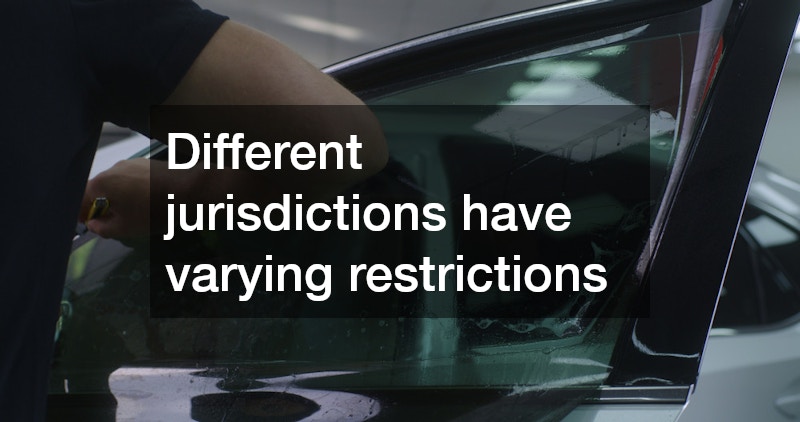Window tinting is a popular way to enhance both the appearance and functionality of your vehicle. However, one crucial factor that many car owners overlook is the darkness level of the tint. The darkness level not only affects the aesthetics of the vehicle but also plays a significant role in its performance and compliance with laws and regulations.
Choosing the right darkness level for your tint is essential for several reasons. First and foremost, the darkness level determines how much light is allowed to pass through the tint.
This can impact visibility while driving, especially at night or in low-light conditions. Additionally, the darkness level can also affect the level of UV protection provided by the tint, which is crucial for protecting both your vehicle’s interior and your skin from harmful UV rays.
Before making a decision, research different auto window tinting materials and darkness levels. By considering factors like visibility, UV protection, and compliance with laws and regulations, car owners can ensure that their tint not only looks great but also functions effectively for their needs.
Benefits of Auto Window Tinting
One of the primary benefits of auto window tinting is its ability to block out harmful UV rays. UV radiation can cause damage to the skin and eyes, as well as fade the interior of your vehicle. By installing tinted windows, you can protect yourself and your car from these damaging effects.
Window tinting can also help regulate the temperature inside your vehicle. Tinted windows can reduce the amount of heat that enters the car, keeping it cooler on hot days and reducing the need for excessive use of AC. This can improve fuel efficiency and overall comfort while driving.
In addition to UV protection and temperature regulation, tinting can enhance the privacy and security of your vehicle. Tinted windows make it harder for potential thieves to see inside your car, reducing the risk of break-ins. They also provide added privacy for you and your passengers while driving.
Laws and Regulations Regarding Window Tint Darkness
It’s essential for car owners to be aware of the laws and regulations regarding window tint darkness in their state or country. Different jurisdictions have varying restrictions on how dark the tint can be, with some places prohibiting certain levels of darkness altogether. Failure to comply with these regulations can result in fines, citations, or even the need to remove the tint entirely.
Law enforcement officers use specialized tools to measure the darkness level of window tint, and vehicles that do not meet the legal requirements may be subject to penalties. To avoid legal issues and ensure compliance, car owners should research and adhere to the specific auto window tinting regulations in their area when making the decision.
While regulations regarding window tint darkness can vary, they are generally in place to ensure the safety and visibility of drivers on the road. By following these laws and choosing an appropriate darkness level for their tint, car owners can protect themselves and others while driving.
Finding the Right Darkness Level for Your Needs
When choosing the darkness level for your auto window tinting, list your specific needs and preferences. Some car owners may prioritize maximum UV protection and privacy, while others may prefer a lighter tint for better visibility. By understanding your priorities, you can select a darkness level that meets your requirements.
It’s also helpful to consult with a professional window tinting service to determine the ideal darkness level for your vehicle. Experienced technicians can provide recommendations based on factors such as the make and model of your car, your typical driving conditions, and your desired level of tint darkness. By seeking expert advice, you can ensure that your tint achieves the desired balance of aesthetics and functionality.
Finding the right darkness level for your window tint is a personal decision that should consider both practical and aesthetic factors. By weighing the benefits, regulations, and individual preferences, car owners can select a tint that enhances the appearance and performance of their vehicle while maintaining compliance with the law.
Choosing the right darkness level for auto window tinting is a crucial decision that can impact both the functionality and appearance of your vehicle. By understanding the benefits of tinting, the laws and regulations surrounding darkness levels, and how to find the right level for your needs, car owners can make informed choices that enhance their driving experience. Whether prioritizing UV protection, privacy, or visibility, selecting the appropriate darkness level can ensure that your tinted windows not only look great but also provide maximum comfort and safety on the road.


